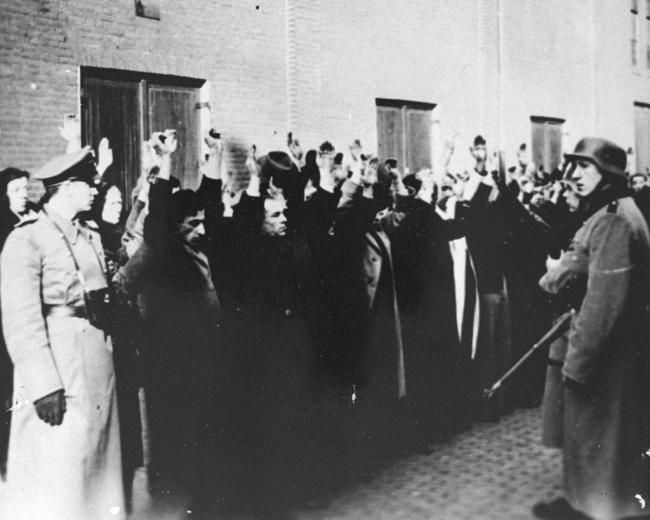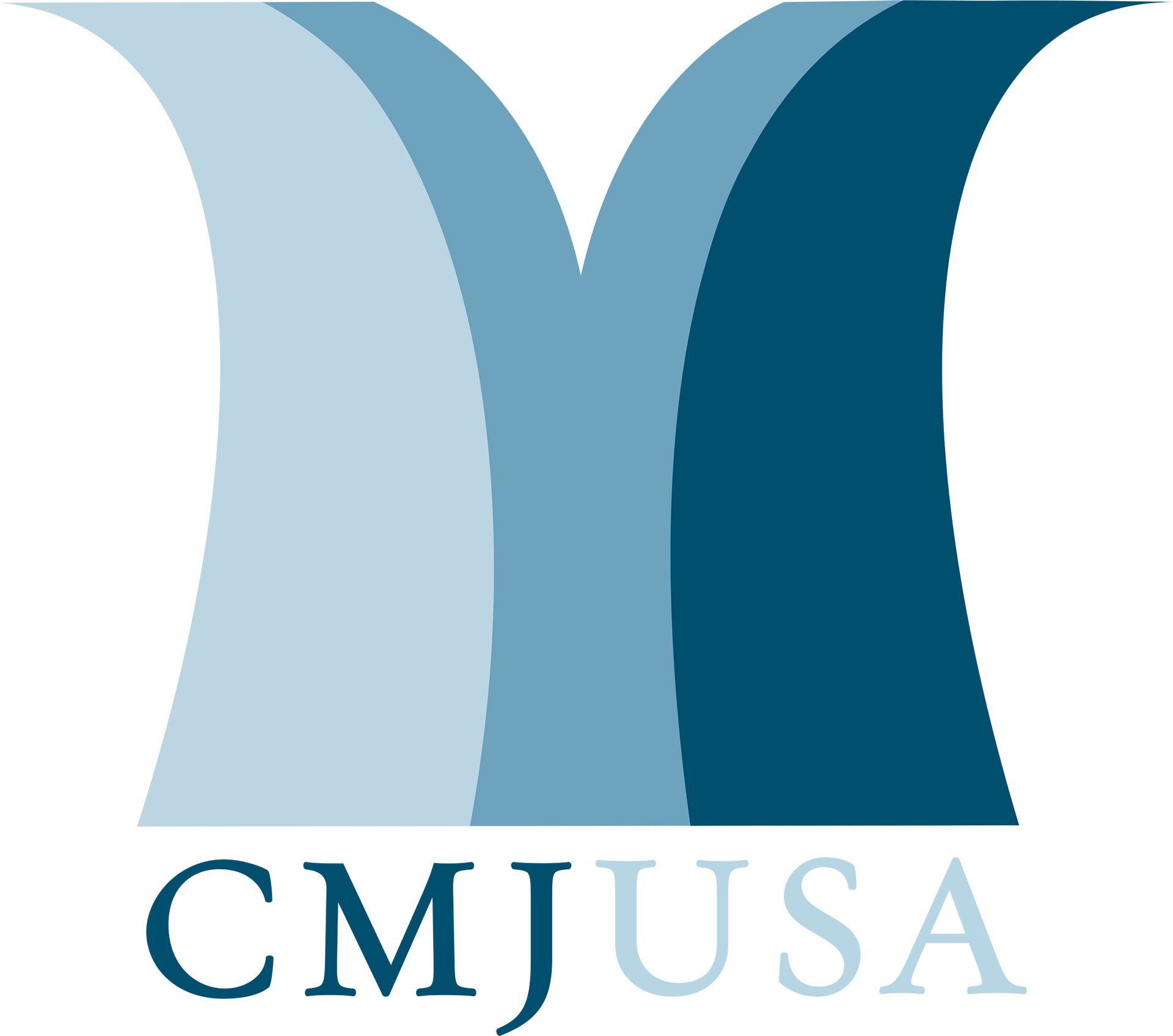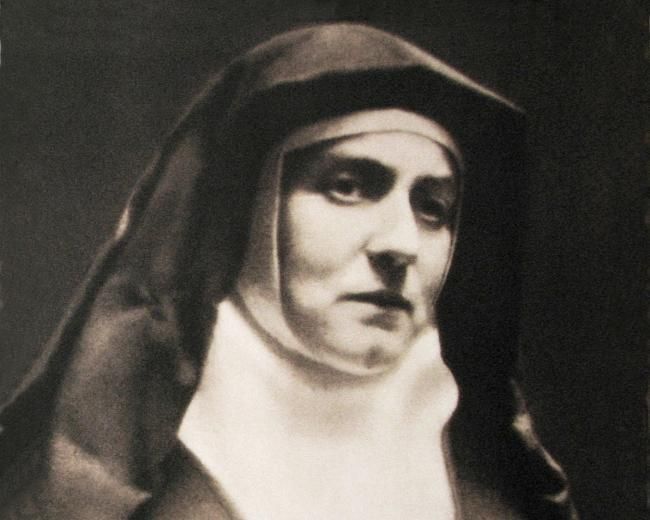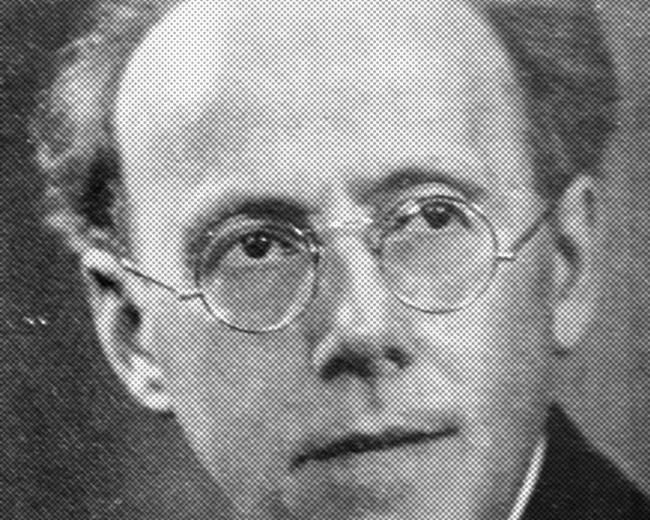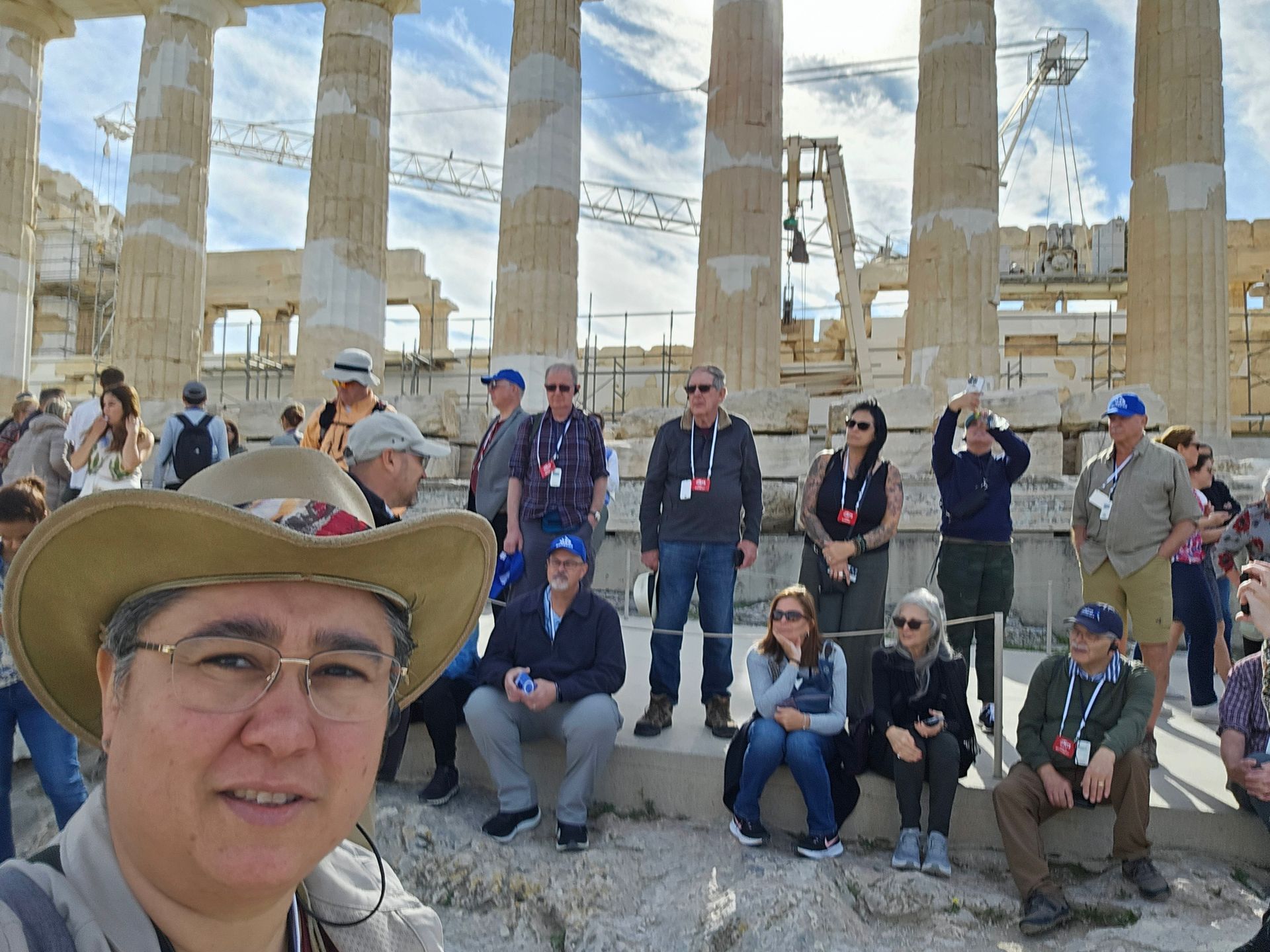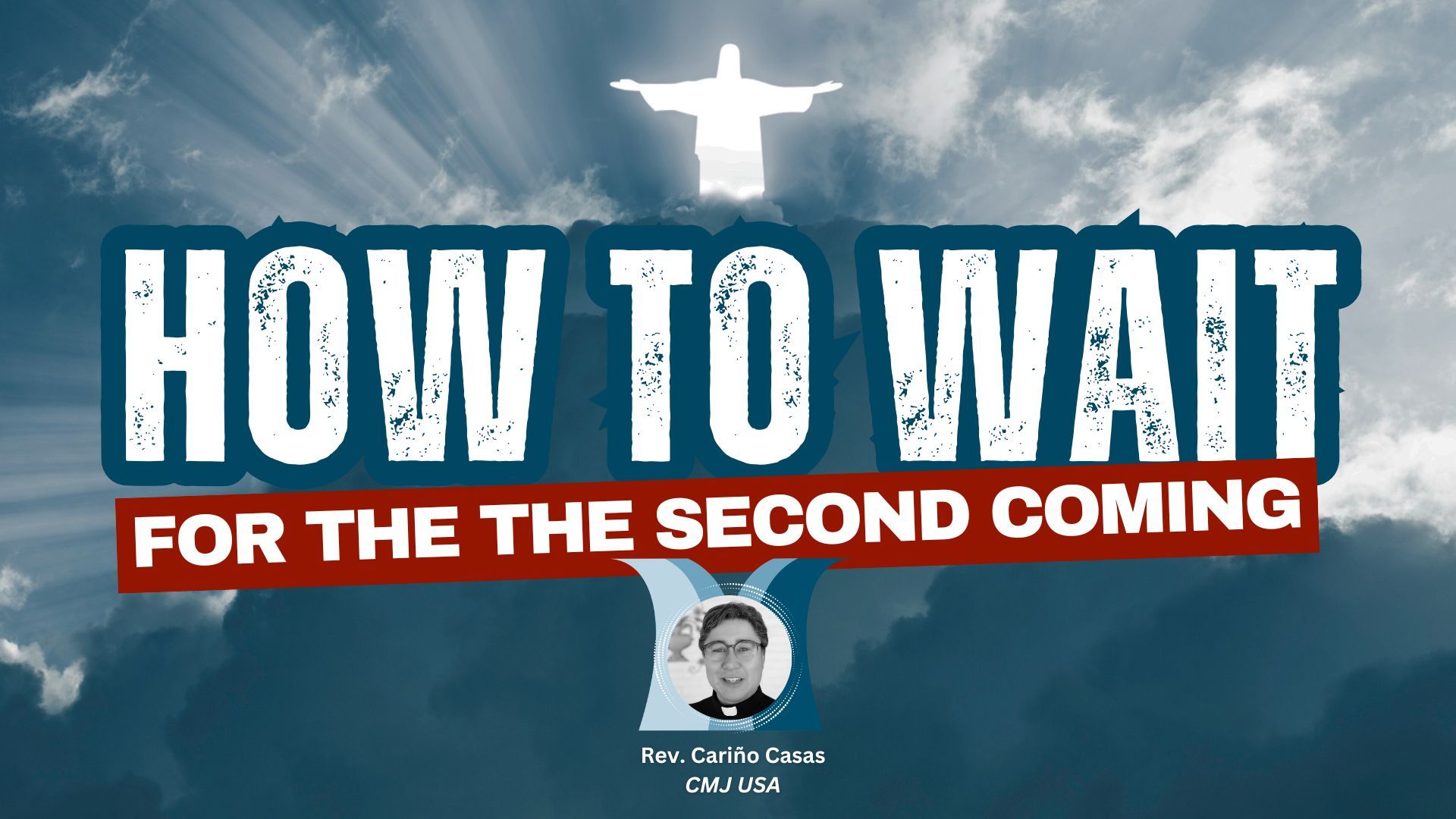In June 1940 most of the Protestant denominations formed the ‘Convention of Churches
,
’
through which they planned to present a united front to the Nazi authorities.
H
owever, the Nazi authorities implemented more and more anti-Jewish statutes. In January 1941 they ordered that all Jewish people in the Netherlands needed to be registered.
When in October 1941 they ordered that a full catalogue of all Jewish people, including their assets, be created, the Roman Catholic Church under the leadership of Archbishop Johannes de Jong joined the ‘Convention of Churches’, which then became the ‘Interdenominational Consultation’, or IKO.
At this time, the
Nazis were planning how they were going to systematically murder the Jewish people. The mechanics of this demonic ideology were still in the process of being formulated.
Those administrative mechanics were presented at the Wannsee Conference on 20 January 1942. Now it was just a matter of time before all Jewish people living in the Netherlands, including the Jewish Christians, would be ensnared and sent to their deaths.
News of the impending deportations ‘east’ to ‘work camps in Germany’ were widespread by early July 1942. The Interdenominational Consultation
quickly sprang into action. They sent a telegram to the Nazi leadership protesting the upcoming deportations which were due to begin on 15 July.
As the number of people which the Interdenominational Consultation could reach amounted to some 7 million people, the Nazi leadership was quite perturbed by this telegram of opposition. In response they stated to one of the Church representatives of the IKO that if they dropped this opposition to the Jewish deportations then, the Nazis ‘promised’, no ‘baptised Jews’ would be sent away.
The Dutch Reformed Church took this ‘promise’ seriously, and thereafter took on the responsibility of protecting the Protestant Jews – to the best of their ability. Reich Commissioner Arthur
Seyss-Inquart
,
though
,
informed his Nazi colleagues that he had no intention of keeping this ‘promise’ and would also send the ‘baptised Jews’ away at a ‘politically convenient time’.
The Roman Catholic Church, led by Archbishop de Jong, and the Protestant denominations on the Interdenominational Consultation continued in their opposition to the Jewish deportations.
On Sunday
,
26 July
,
the telegram which had been sent to the Nazi leadership, as well as a pastoral letter, were read in
all
Roman Catholic Churches throughout the Netherlands, as well as the
c
hurches of the smaller denominations and in some Reformed
c
hurches.
The Nazi leaders, and especially Reich Commissioner
Seyss-Inquart
, were extremely angry, and were determined to enact vengeance for this act, especially against the Roman Catholic Church.
The Nazi response was swift and brutal. On the morning of 2 August
,
full-blood ‘Jewish Catholics’ all over the country were summarily arrested. Most were taken initially to Amersfoort Concentration Camp and the Hollandsche
Schouwburg
Theatre in Amsterdam, then to
Westerbork
Camp.
Many of these were deported on 7 August to Auschwitz and were gassed either on 9 August or shortly afterwards.
